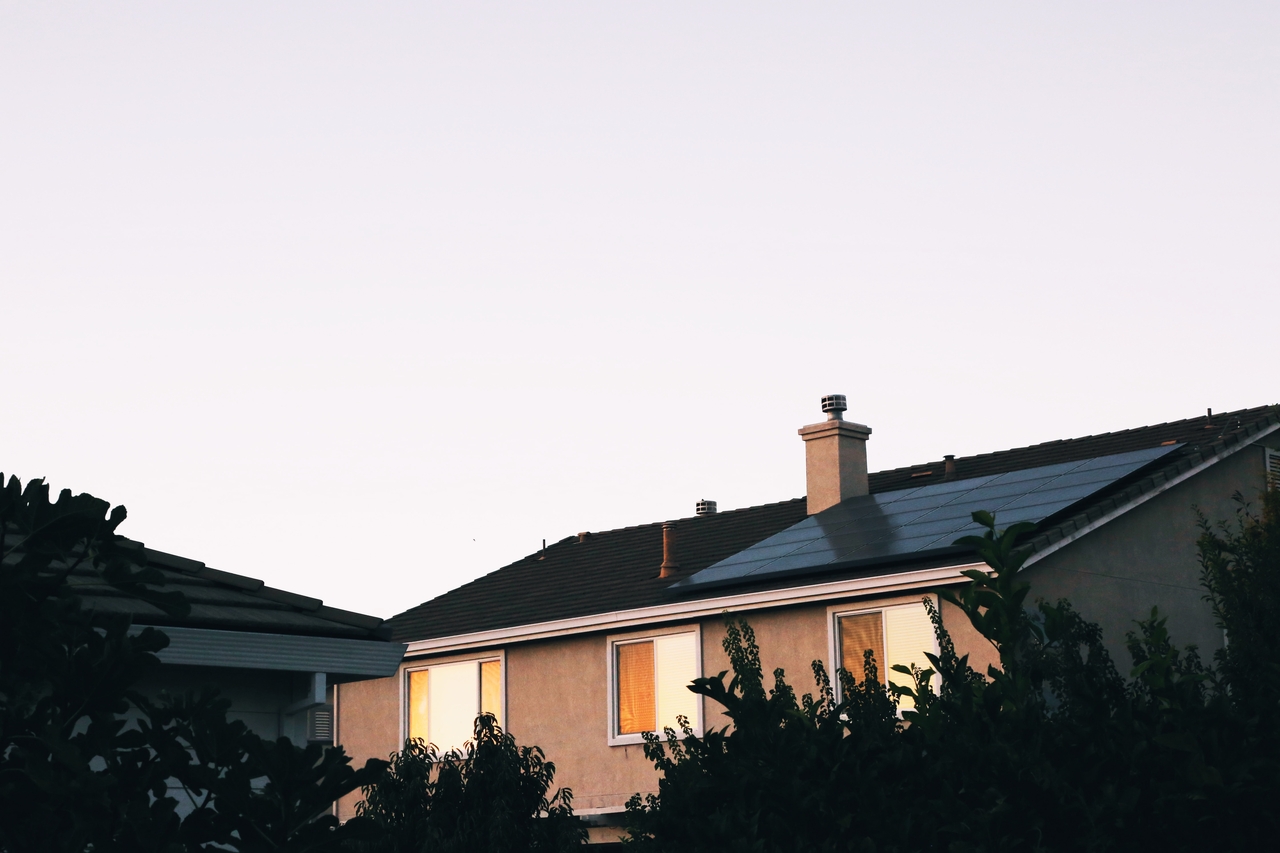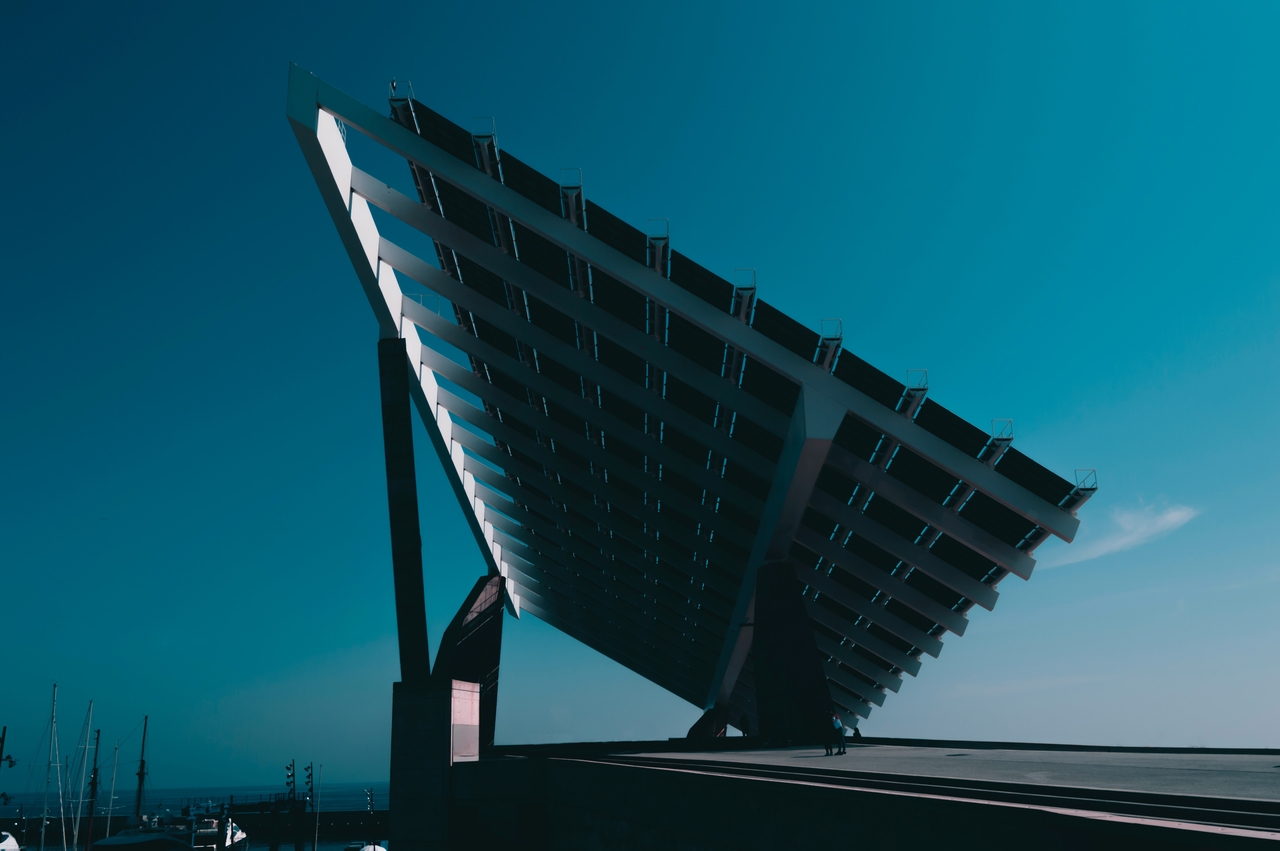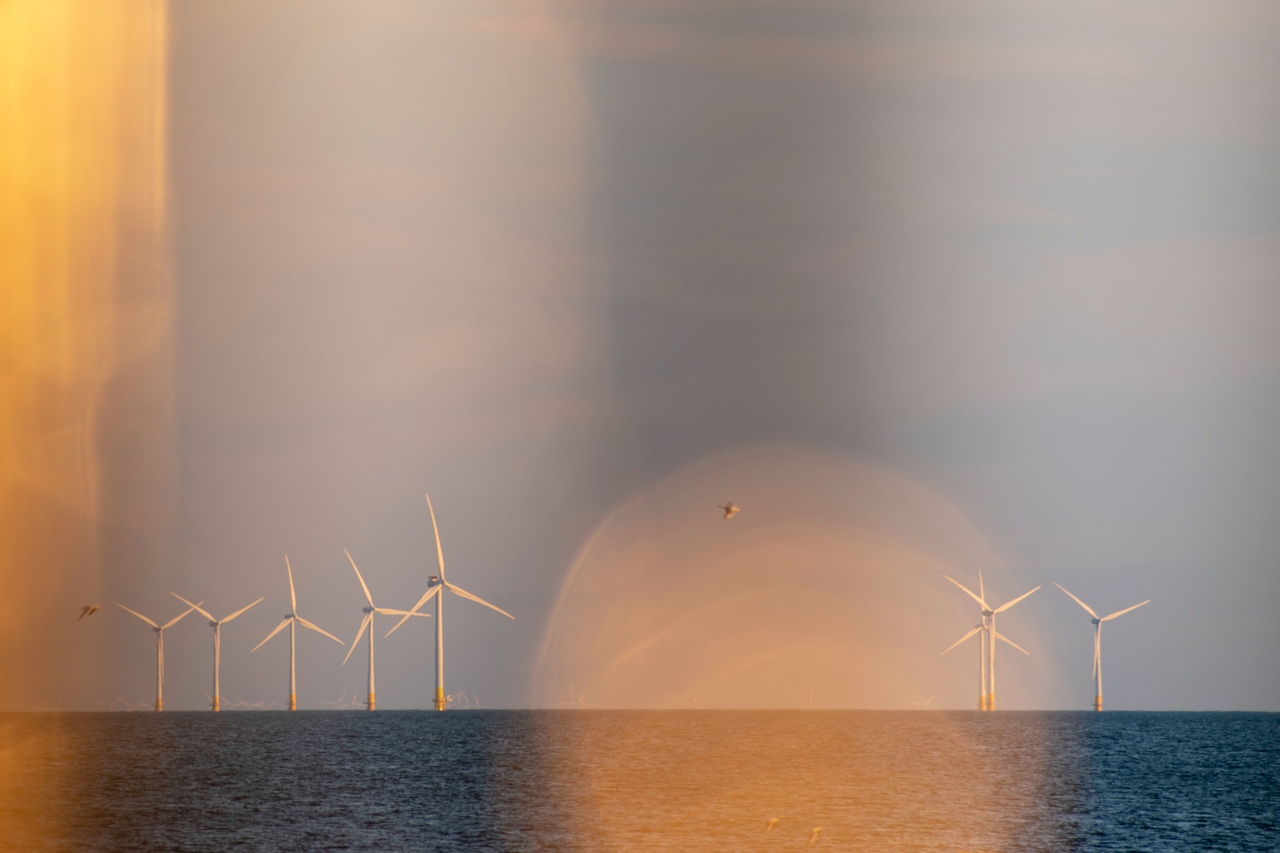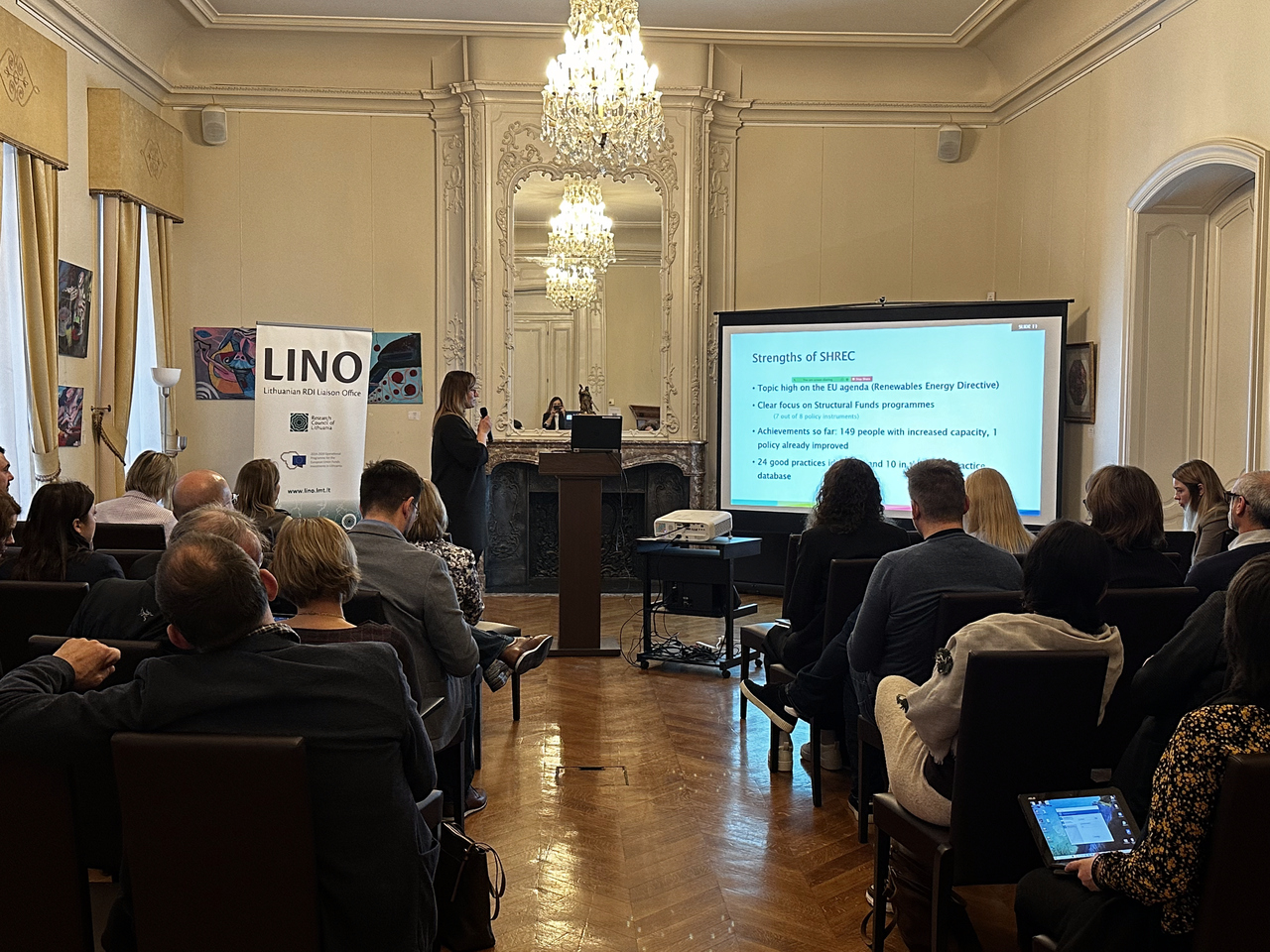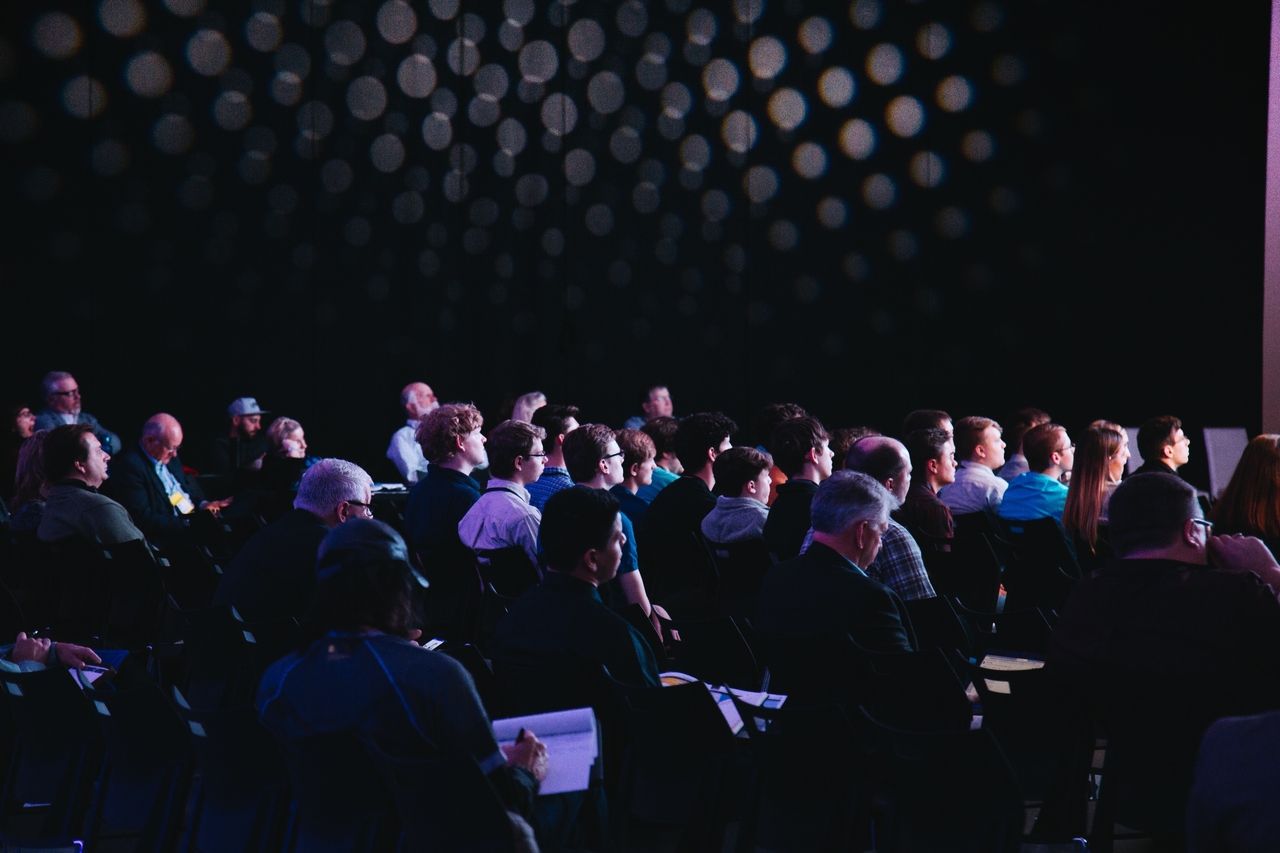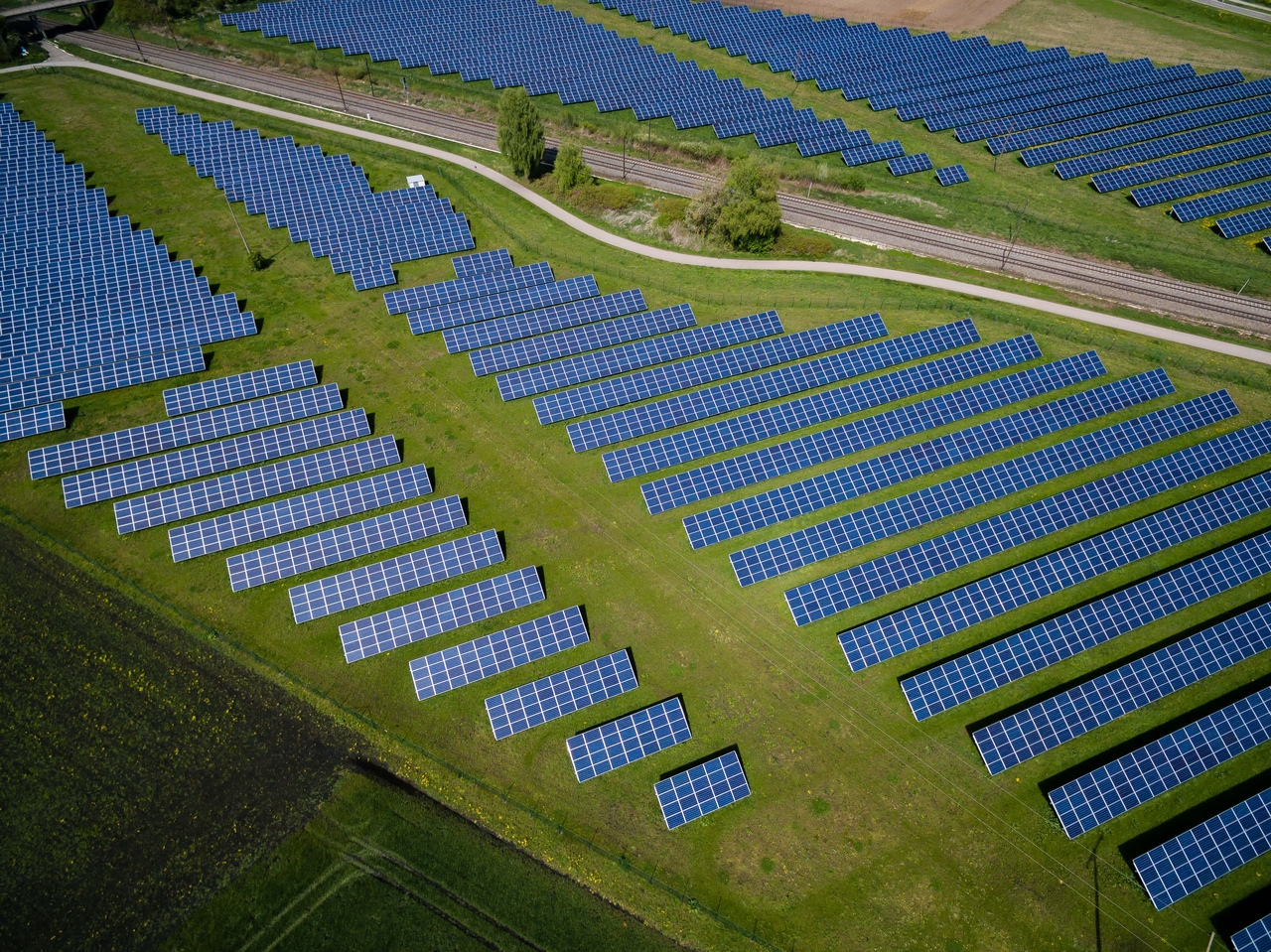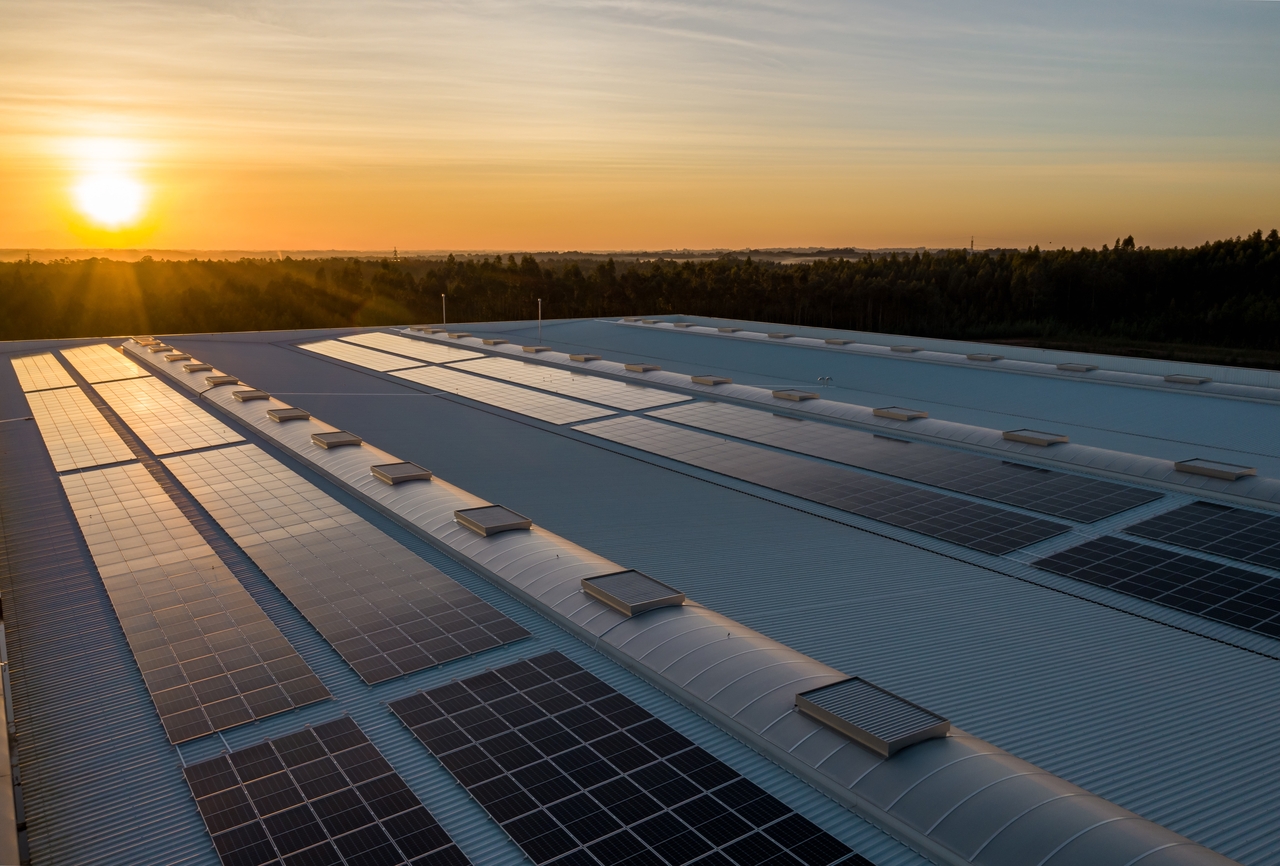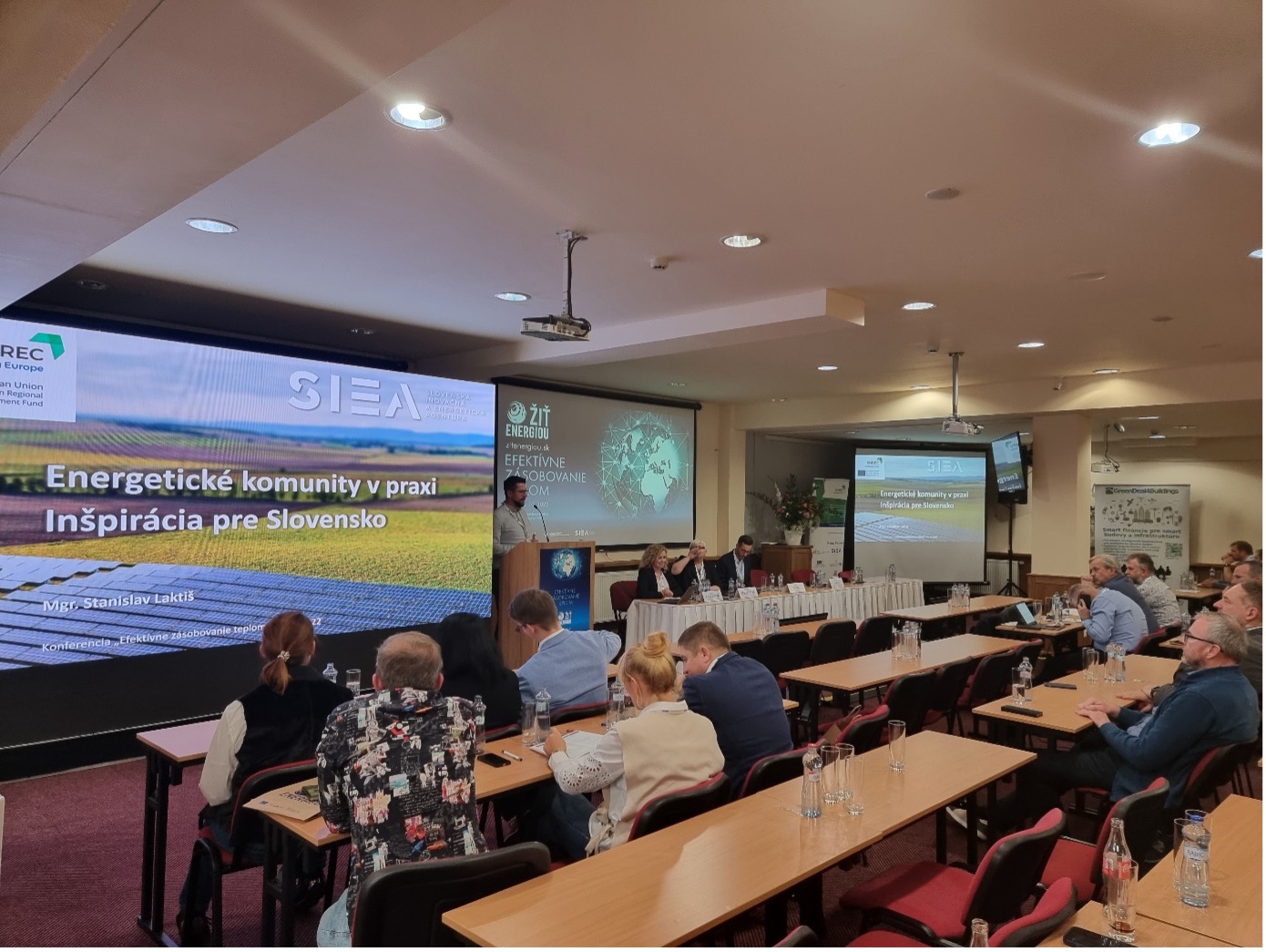Midnorrland is lagging behind in solar power production, nationally and internationally. It is obvious that solar energy potential is being exploited poorly. However, some residents of the region have tried early on the possibilities of harvesting solar electricity. Based on the Interreg project SHREC’s action plan, a preliminary study has been carried out by Mid Sweden University funded by ERDF-SE 32 which presents thoughts and experiences from early prosumers of solar electricity in the north.
What motivated them to invest and invest in solar panels early in an environment where water and wind energy are produced on a large scale and the surplus in it is exported. Our idea is to present the motives for some early prosumers’ actions and experiences in a region where solar power was previously viewed with a mild indulgence.
Green energy in northern Sweden
Our northern location is a recurring topic when we talk about the conditions for producing electricity with solar panels. Electricity has been produced mainly by hydropower for a long time, supplemented by wind power in recent years. Overproduction has also been able to supply the southern parts of the country.
The energy transition, as well as the electrification of modes of transport such as aviation and shipping, create a high demand for green electricity. This, while “regular” electricity consumption (households & industries) is likely to be the same or increase.
The Swedish National Energy Agency expects the country’s solar power potential to be between five and ten per cent of its consumption by 2040.
The same year as the entire national energy production is completely “renewable”. It is clear that the solar potential is currently being exploited poorly in Midnorrland and the country, around one per cent, but the potential is large, close to 10 percent. The Mid Sweden University researcher propose a regional target of 5 % within five years.
According to the study, power and energy should be put on two measures: 1. Design municipal and regional initiatives to support municipal and regional direct investment in solar parks, where possible and desirable. 2. Open these parks for citizen investment, either through co-ownership or solelin purchases.
Land areas that cannot be used for other sites, landfills or old industrial areas, can be used for municipal and regionally initiated electricity generation and there is little that suggests that Mellannorrland cannot follow this trend. There are large vacant, sometimes contaminated, unused land areas and a well-developed electricity grid.
Effects of Energy Advisory
Interestingly, none of our informants seem to have any real relationship with municipal or regional energy advisors. It identifies acquaintances and suppliers as more important. The degree of ideality was of course varied and dependent on the role and the assignment the interviewee considered to have at the time of the decision, but ideality and interest were kept all the time before technical and financial advice.
Electrical safety & enthusiasm
Sweden and Middle Norrland still have an energy system that is essentially adapted to permanent electricity generation, such as hydropower and nuclear power. Every second the production and consumption of electricity shall be synchronised. Significantly more flexibility is needed in the system in order to maintain a constant balance between production and consumption over the year, day, hours and seconds when a larger addition of variable electricity generation from wind and solar is provided.
Should the region be able to increase the share of solar power five times in five years, decision-making cannot be left only to energy companies, network owners and temporary opinions. This is hardly conducive to reaching the 5 % target.
It has been able to take much bigger steps in our close surroundings, such as Lithuania, Germany and France. A common explanation has been that the geographical conditions mean that the middle-norrland is in the ironing class in terms of solar electricity. Several of our informants point out that this is an exaggeration.
North & South
Many factors come into play but the circumstances can be described by facts. Solar radiation measured as kW m² of land area, does not differ radically on an annual basis between Östersund in our northern region (925 kWh) and Malmö (1 000 kWh) in the far south of the country. Adjusting panel angle to the sun with the very sun-rich part of the year can compensate for a large part of this ten percentage point marginal difference between north and south.
The region has all the prerequisites to complement our existing energy production system with solar cells in collaboration. It should be done on a larger scale than that of the private homeowner. Energy communities and large installations can benefit regionally. What is required is a communication and clear policy outlining a concrete objective.


